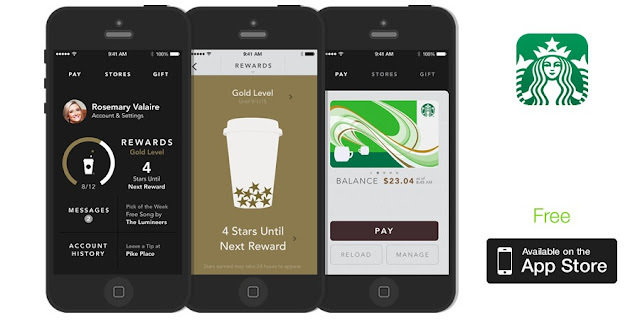Reflective Report No. 1
In the second week, we explore fundamental concepts of digital innovation and the profound impact of modern technology on our daily lives. It's crucial for businesses to recognize that embracing technology is no longer a choice but a strategic necessity to gain a competitive edge and seize new business opportunities. This is primarily because technology has the potential to enhance operational efficiency, productivity, and customer engagement.
The article titled "How Smart, Connected Products Are Transforming Companies" by Michael E. Porter and James E. Heppelmann from Harvard Business School (Week 2 reading) highlights the significant influences of digital technology in the contemporary era. It becomes evident that digital technology extends beyond technological advancements; it translates into increased customer value and improved customer services. As discussed in a lecture, the value of customer data, specifically behaviour data obtained from interconnected devices is of utmost importance. This dataset offers businesses valuable insights into consumer behaviours. Consequently, it facilitates the enhancement and development of novel products and services.
Starbucks Digital Flywheels is one of the compelling examples, as it has revealed its new digital transformation strategy, and successfully integrated Big Data and Artificial Intelligence technology into its mobile application in order to collect consumer data and gain a deeper understanding of consumer purchasing behaviour. This integration customizes product offers and expands rewards
programs based on the unique preferences of each user. This not only fosters
customer loyalty but also showcases how technology fosters more meaningful
customer interactions and tailor experiences according to individual
preferences.
Similarly, the Samsung Family Hub™ smart fridge, featuring a touchscreen television, enables users to enjoy media while cooking or dining.
On the other hand, digital technology has transformed competition by extending market reach, driving innovation, providing data-driven insights, personalizing customer interactions, and forging new business models. Consequently, embracing digital transformation bestows a competitive advantage, whereas reluctance to adapt can render a business obsolete in the contemporary digital landscape. The case of Nokia, once a mobile phone market leader, is a prominent example of a company that failed to keep pace with technological advancements. Nokia's downfall serves as a vivid reminder of the repercussions of resisting technological evolution and consumer-centric approaches. Their inability to adapt to changing consumer preferences and embrace innovation led to a loss of market share and ultimately their downfall in the smartphone industry.
This historical example reinforces the significance of remaining adaptable and attuned to the needs and preferences of consumers. The key lesson here is that businesses aiming for competitive advantages and resilience in a competitive environment must not only focus on their offerings and competitors but also prioritize understanding and adapting to evolving consumer needs. Flexibility and agility in adopting emerging technologies are imperative for sustained success.





Comments
Post a Comment